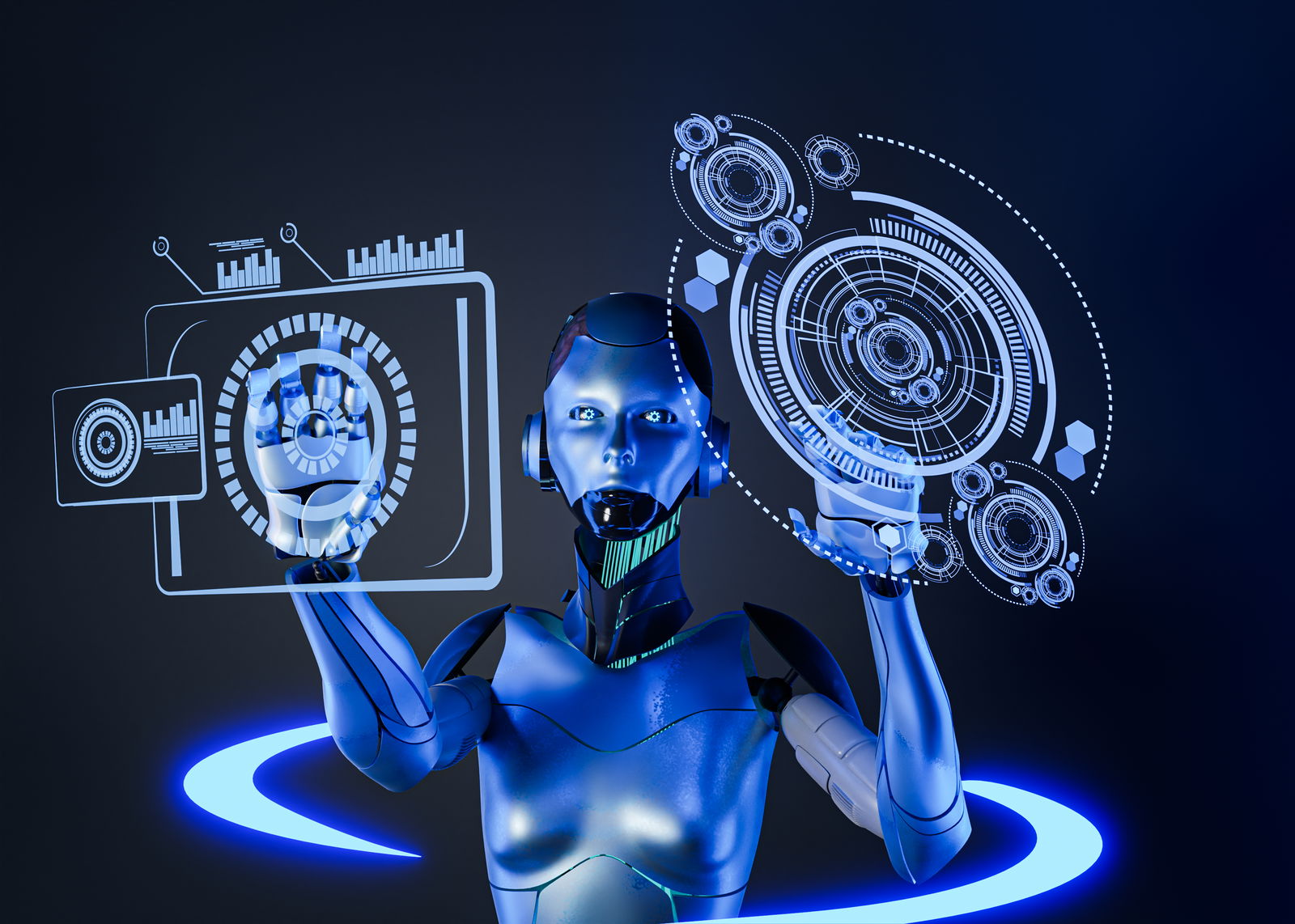
How Is Artificial Intelligence Used? Real-World Use Cases and Solutions Transforming Businesses
Table of contents
Quick Access
 In today’s business landscape, artificial intelligence (AI) is no longer a promise for the future — it's a technology that’s already generating real impact. From more efficient internal processes to fully personalized customer experiences, AI is embedded in many of the solutions we use every day, often without even realizing it.
In today’s business landscape, artificial intelligence (AI) is no longer a promise for the future — it's a technology that’s already generating real impact. From more efficient internal processes to fully personalized customer experiences, AI is embedded in many of the solutions we use every day, often without even realizing it.
At Rootstack, we support companies across the Americas in designing and implementing AI solutions that solve concrete business problems. That’s why, instead of just talking about what AI could do, we want to show you how it’s actually being used in real-world businesses today.
How Is Artificial Intelligence Used in Real Business Scenarios?
AI has applications across nearly every industry. Here are some of the most common ways it’s being used in business operations:
1. Automating Repetitive Processes
AI can take over operational tasks that drain valuable human time — responding to emails, validating documents, assigning tasks, or reviewing records.
Example: A service company transitioned its document management system to an AI-powered solution that automated the reading and classification of legal files, reducing processing time by 65%.
2. Predictive Analytics and Smart Decision-Making
Using machine learning models, AI can detect patterns and forecast behaviors — from predicting product demand to anticipating subscription cancellations.
Use case: A fintech company can identify when a client is likely to churn and take proactive steps to retain them.
3. Personalizing Digital Experiences
Ecommerce platforms and mobile apps use AI to deliver personalized content, product recommendations, and promotions based on each user’s behavior.
Familiar example: When Netflix suggests a show or Amazon recommends a product, they’re using AI trained on your browsing and consumption patterns.
4. Customer Support Automation
AI-powered chatbots can handle support inquiries 24/7, resolve common questions, and escalate complex issues to human agents only when needed.
Example: An educational institution automated 80% of its admissions-related inquiries using an AI chatbot trained on historical data.
5. Image Recognition and Voice Processing
Industries like logistics, retail, healthcare, and manufacturing are using computer vision to control quality, detect anomalies, and scan documents.
Practical application: Clinics are using AI to interpret X-rays and identify early signs of disease, improving diagnostic accuracy.

What Types of AI Solutions Can a Business Implement?
At Rootstack, we help companies identify the type of AI solution that best fits their context. Here are common categories:
How Do You Know Which AI Solution Is Right for Your Business?
Not all businesses need the same AI tools. The key is to identify where there’s friction, repetition, or lost value — and use that as the starting point.
At Rootstack, we recommend:
- Evaluating internal processes that can be optimized or scaled
- Reviewing the quality of your available data (no useful data = no useful AI)
- Starting with a pilot — something small, measurable, and controlled
- Working with experts who understand both business logic and technology
AI Should Serve a Real Business Need
One phrase we repeat often at Rootstack is: “Don’t implement AI because it’s trendy — implement it with purpose.” When driven by clear goals, artificial intelligence becomes a true competitive advantage.
Curious about how to apply AI strategically in your business? Let’s talk and build an intelligent solution that truly fits your needs.